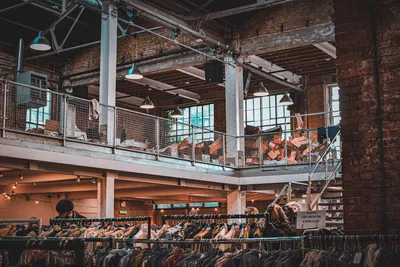How to Navigate Regulatory Compliance in Furniture Importing

Understanding Regulatory Compliance
Regulatory compliance in furniture importing involves adherence to laws, guidelines, and specifications relevant to the importation process. Comprehending the various regulatory requirements is crucial for businesses aiming to avoid legal issues and ensure smooth operations.
Key Regulations to Consider
Understanding the overarching regulations is the first step in navigating compliance. Here are some of the primary regulations:
- Product Safety Standards: Ensure that your furniture imports comply with safety standards in the destination country. This includes flammability, chemical content, and structural integrity.
- Customs Regulations: Familiarize yourself with the customs laws of the importing country. This includes classification, valuation, and origin of goods.
- Environmental Regulations: Be aware of environmental laws such as restrictions on certain materials and waste management requirements.
Steps to Ensure Compliance
Research and Documentation
Research the specific regulations for your target market extensively. Document all compliance requirements and ensure your products have the necessary certifications and labeling.
Partner with Experts
Working with customs brokers, legal advisors, and compliance experts can simplify the compliance process. These professionals can provide guidance tailored to your business's specific needs and help avoid common pitfalls.
Implement a Compliance Program
Develop an internal compliance program to manage and monitor adherence to regulations. This might include training employees, routine audits, and updating compliance practices as regulations change.
Common Challenges in Regulatory Compliance
Interpreting Complex Regulations
Regulations can be complex and vary significantly between countries. Small businesses often find it challenging to interpret and keep up with these changes.
Dealing with Delays
Non-compliance can lead to delays in customs clearance, resulting in additional costs and disrupted supply chains.
Managing Costs
Ensuring compliance can incur costs related to certifications, testing, and consultation. Budgeting for these expenses is integral to avoid financial strain.
Conclusion
Successfully navigating regulatory compliance in furniture importing requires diligence, expert collaboration, and a proactive approach to changes in legislation. By understanding and adhering to relevant regulations, businesses can minimize risks and ensure efficiency in their import operations.
Popular Warehouse Design Articles
Discover our most popular articles on warehouse interior design, providing top insights and solutions.

Embracing Biophilic Design in Warehouse Furniture

The Rise of Multi-Functional Furniture in Modern Warehouses

Essential Trade Strategies for Global Furniture Export
